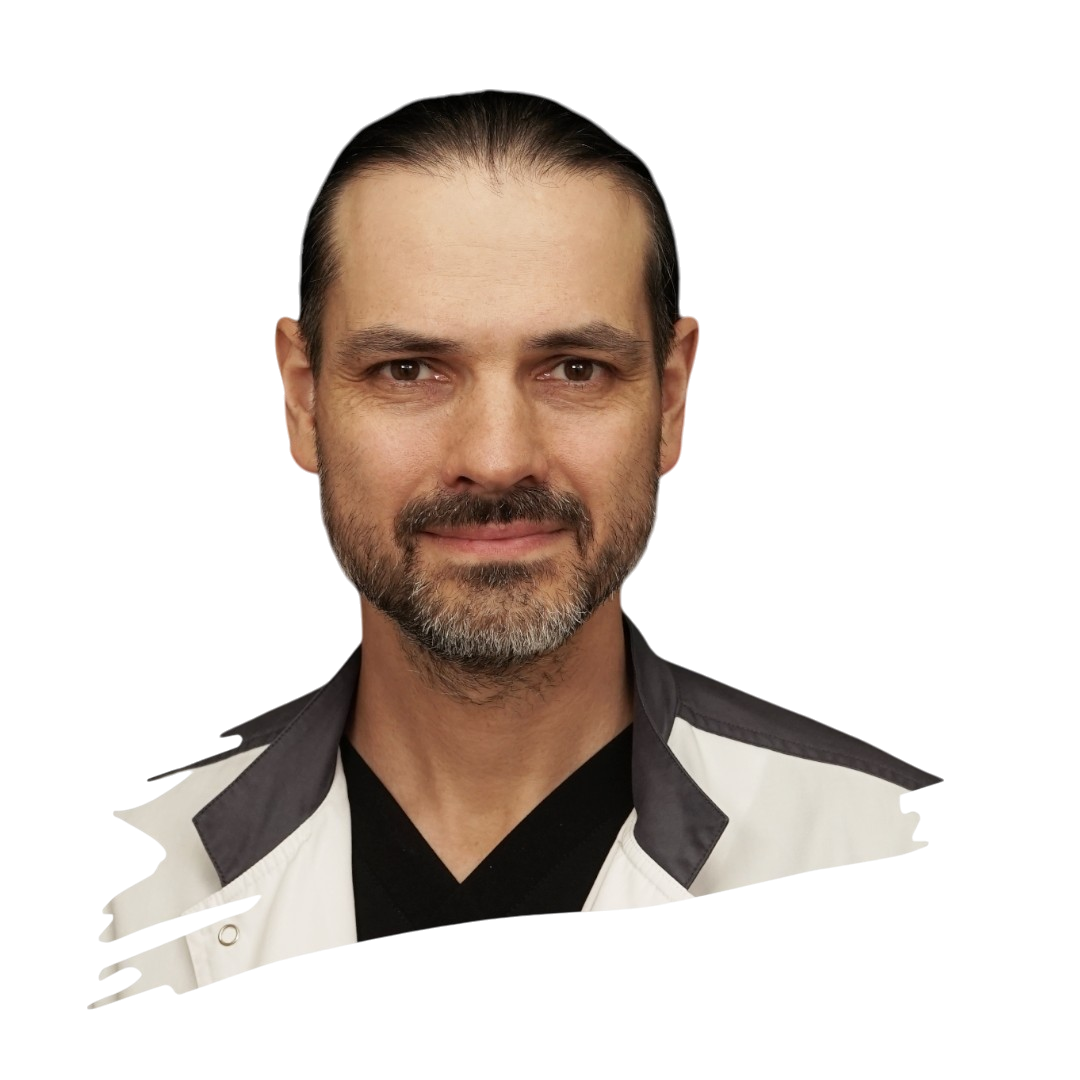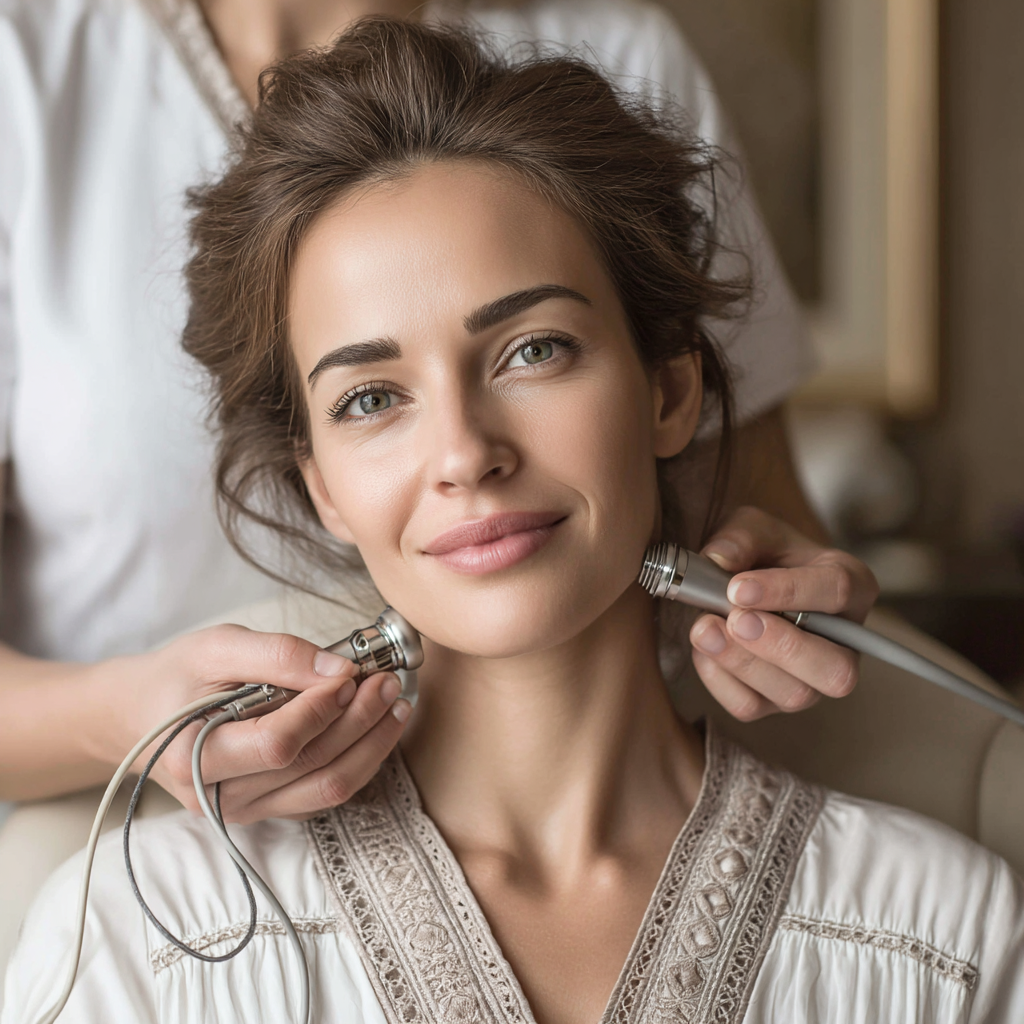The Role of Physiotherapy in Recovery After Rhinoplasty
Rhinoplasty, one of the most popular plastic surgeries, opens many doors to a new self-perception for many individuals. However, like any surgical intervention, it requires time for recovery. Physiotherapy after rhinoplasty plays a crucial role in this process, assisting in minimizing swelling, bruising, and other postoperative effects. It is not merely a set of procedures but a comprehensive range of techniques aimed at accelerating recovery and improving the overall condition of the tissues.
Modern physiotherapy technologies include microcurrents, ultrasound, and lymphatic drainage, each with its unique benefits. They act on molecular and cellular levels, helping not only to shorten rehabilitation time but also to enhance aesthetic outcomes. Each of these approaches is an essential component in the journey toward successful rehabilitation.
Main Objectives of Physiotherapy After Nose Correction
At different stages of recovery, physiotherapy after rhinoplasty addresses various tasks. In the first days following surgery, the primary focus is on reducing swelling and enhancing the drainage of metabolic byproducts. During this stage, blood and lymph circulation is restored, which is critical for the health of the tissues. Later, around the third week, the focus shifts to preventing scars and increasing skin elasticity.
This is achieved by improving microcirculation and stimulating metabolic processes. Physiotherapy after rhinoplasty lays the foundation for active cell recovery, which in turn helps to prevent complications and unwanted changes.
The Effectiveness of Microcurrent Therapy After Rhinoplasty
Microcurrent therapy is one of the most modern and effective methods of physiotherapy. The use of low-level pulsed currents helps achieve results that are difficult to obtain by other means. It promotes active lymphatic and interstitial fluid drainage, which is especially important for combating swelling.
Advantages of microcurrent therapy: it is painless and even relaxing, promoting rapid recovery. This wonderful method is worth including in the rehabilitation program. At the end of the treatment course, patients notice a significant reduction in swelling, improved skin condition, and the disappearance of pain sensations.
Microcurrents also work well in conjunction with other methods, such as phototherapy or lymphatic drainage massage. This combination produces a noticeable effect and is particularly relevant for individuals who have undergone revision rhinoplasty with pronounced lymphatic stasis.
Lymphatic Drainage: The Primary Tool Against Swelling
Lymphatic drainage procedures become an integral part of physiotherapy after rhinoplasty. The trauma sustained during surgery disrupts normal lymph flow, which can lead to persistent swelling. The sooner the procedures begin, the faster the swelling subsides, and the overall condition of the tissues improves.
Instrumental lymphatic drainage methods are painless and highly effective. They ensure rapid reduction of swelling, which is critically important during the postoperative period. Remember that it is necessary to undergo this treatment under the supervision of a specialist—they will determine the required number of sessions and their frequency.
It is also worth noting that lymphatic drainage is often combined with microcurrent therapy. This enhances the effect of both methods and leads to more noticeable results.
Ultrasound Physiotherapy: A Modern Approach to Treating Swelling
Ultrasound physiotherapy is another important aspect of physiotherapy after rhinoplasty. It not only helps reduce swelling but also regenerates tissues. Ultrasound accelerates cellular metabolism, enhances microcirculation, and facilitates the deep delivery of medications into tissues, increasing their effectiveness.
Regular use of ultrasound therapy significantly reduces signs of swelling and inflammation, promotes the formation of new blood vessels, which is critical for enriching tissues with oxygen. This method is completely safe and does not cause any discomfort for the patient, making it an ideal choice during the postoperative period.
Combined Physiotherapy Methods: The Power of Synergy
The most pronounced effect in rehabilitation after rhinoplasty is achieved through the use of combined methods. The synergy of microcurrents, lymphatic drainage, ultrasound, and phototherapy functions as a unified mechanism aimed at reducing recovery time and improving the overall condition of the tissues.
Scientific research shows that such combinations become especially relevant after revision rhinoplasty, when scars and complications are already present in the tissues. The correct combination of physiotherapy methods allows for effective management of lymphatic stasis and other postoperative challenges.
Important Aspects of Organizing Physiotherapy After Rhinoplasty
It is important to remember that physiotherapy procedures should be prescribed strictly by a physician, based on the individual characteristics of the patient and the nature of the surgery performed. Self-administration of physiotherapy may lead to complications; therefore, it is crucial to follow the specialist's recommendations.
The first procedures should not begin until after the removal of the cast, which usually occurs 7-10 days following the surgery, but in some cases, gentle methods may be permissible earlier if recommended by your surgeon. Keep in mind that physiotherapy after rhinoplasty must be based on specific indications and the state of the tissues.
Conclusion: Physiotherapy as an Investment in Successful Rhinoplasty
Physiotherapy after rhinoplasty is not just a set of procedures; it is a vital stage of rehabilitation. It helps ensure maximum comfort and optimal outcomes after surgery. The development of hardware cosmetology and physiotherapy has expanded the possibilities of therapeutic effects on the body and significantly improved surgical results.
Do not underestimate the impact of modern technologies on your recovery. Consult with specialists to receive a professional approach to your rehabilitation. Professional physiotherapy methods will not only help you return to your normal life more quickly but also achieve the desired results you have long hoped to see in the mirror.
Do you want to keep up to date with the latest news about plastic surgery? Subscribe to my Telegram channel: https://t.me/By_Staisupov_ENG
Do you like to watch videos? More useful information is available here (the channel is in Russian, but you can always turn on auto-titles): https://www.youtube.com/@staisupov
All the results of plastic surgery can be found here: https://staisupov.com/results







